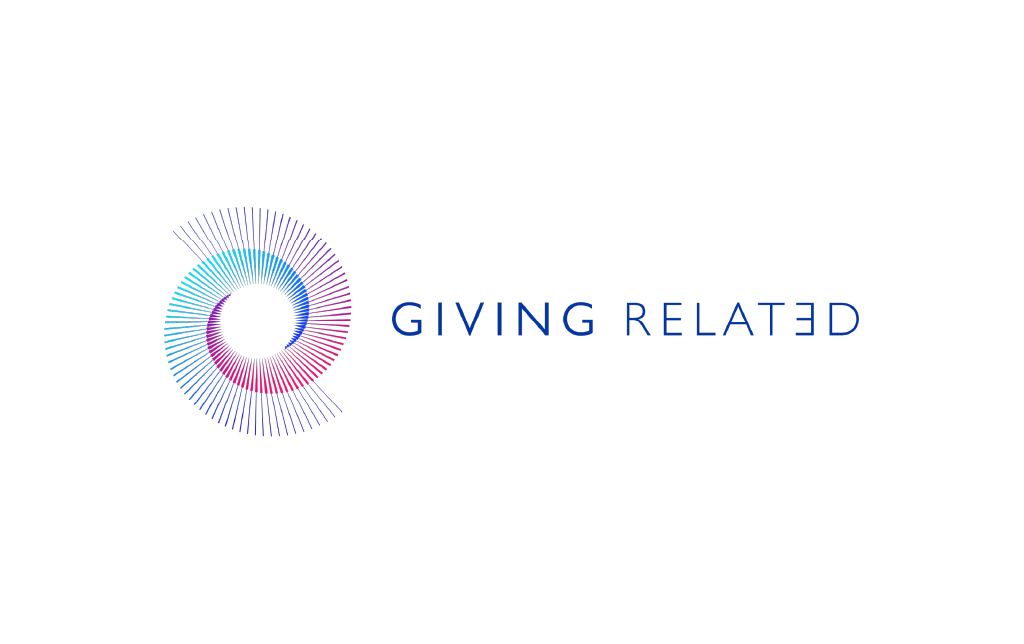My name is David Weitnauer and I’m writing to introduce Giving Related, a research project I’m conducting through the National Center for Family Philanthropy Fellows Program. My purpose is to explore family foundation governance as it works in real life.
By interviewing trustees and senior executives from 30 family foundations and sourcing input from readers like you, I seek to learn about board governance practices that have been especially helpful for families committed to giving and investing as a group. I’m also interested in board practices that miss the mark – ones that work like speed bumps or roadblocks for a group’s process. My goal is to share lessons learned from the field to help boards adjust and improve group life, strengthen their philanthropy, and improve their experience as trustees.
There is no single “right way” for a board to operate. Most boards are a mixed bag, doing some things well and other things not so well. There should be no shame or embarrassment if you’ve noticed your group struggling at times. Consider the challenge: every family board is different. Family history and structure varies across generations and family lines. There can be differences in geography, race and ethnicity, religious and spiritual traditions. Every trustee has a unique history and experience with informal and formal philanthropy, proximity to communities served (or the lack thereof), personal experience with issues addressed (or the lack thereof). Layer on extended family commitments, phase of life issues, vocational and avocational pursuits of those who serve, all of which impact one’s time and energy for the work. In addition, every family board is aging and changing with time.
Cultivating a board can be a challenge under the best circumstances. With endless variation in families and family boards, it’s no surprise we often struggle in small and big ways (including the dreaded “family dynamics”). It’s also not a surprise that attempting to squeeze a board’s approach to governance into a generic mold borrowed from another setting or inherited from another generation can be counterproductive or yield diminishing returns over time.
And yet, across the country, family boards gather every day to practice philanthropy. Yes, we sometimes struggle but we can also do beautifully effective work. As Giving Related unfolds, I will be listening to trustees and executives and sharing lessons learned about what works and doesn’t in real life. By sharing experience from the field, I hope to normalize challenges everyone faces when it comes to cultivating effective family foundation boards. This is true for typical days in the board room (in-person, Zoom, or hybrid) and it’s especially true when navigating change and managing family relationships.
My goal is to encourage conversation about all aspects of board life including the recognition that it requires on-going tending. I especially want to encourage family boards, board chairs, and executives to become increasingly mindful of their own practices, liberate themselves from practices that aren’t helpful, and iterate practices better suited to their context. A more adaptive, functional board will always deliver better results: more effective philanthropy and a more satisfying if not joyful experience for everyone involved.

Let’s learn together. You can participate in the Giving Related study in several ways. If you represent a family foundation that commits at least 80% of its annual grant budget to collective giving and have an interest in being part of the research sample, please contact me at [email protected]. I’ll be sharing blogs like this as the study develops. If you disagree with something I write or have an alternate perspective, I’d love to hear from you. This project is meant to draw on the wisdom of our field: experience, reflections, and lessons learned from families like yours.
To learn more and follow the work of Giving Related, please visit the project’s website, www.givingrelated.org. Thank you!


